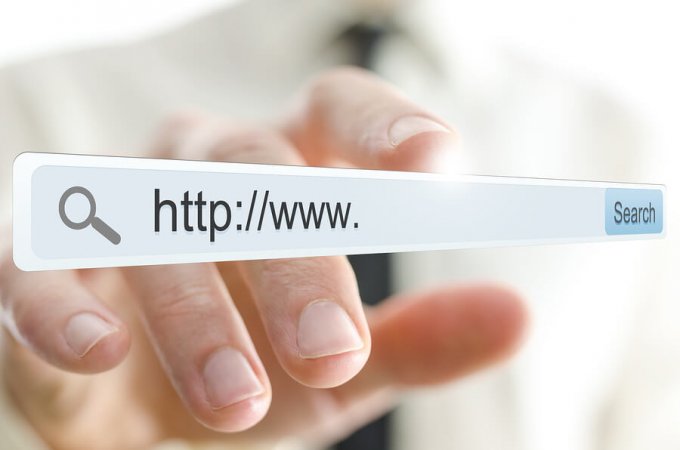A permalink is the permanent address (link or URL) to any page on your website. With WordPress, you have the flexibility to define the structure of your permalinks on the Settings/Permalinks screen. The default permalink to a random post or page looks like this:
http://www.example.com/?p=72
The above permalink structure is sometimes called “ugly”, and it is a best practice to use “pretty permalinks” that includes the title of your post or page like this:
http://www.example.com/bestselling-blue-widgets/
Alternatively, you can include the category name like this:
http://www.example.com/widgets/bestselling-blue-widgets/
The reason pretty permalinks are preferred are two-fold. First, they are better for consumers who can tell at a glance what a URL is about. And second, they are better for search engines (and SEO) if they include a keyword or two. Notice that I said one or two keywords. Avoid stuffing your permalinks with keywords, as search engines will consider this spammy and not like it.
An alternative way to structure the permalinks for blog posts (on a blog that is designed around dated posts) is to put the date in the permalink like this:
http://www.example.com/2014/01/bestselling-blue-widgets/
